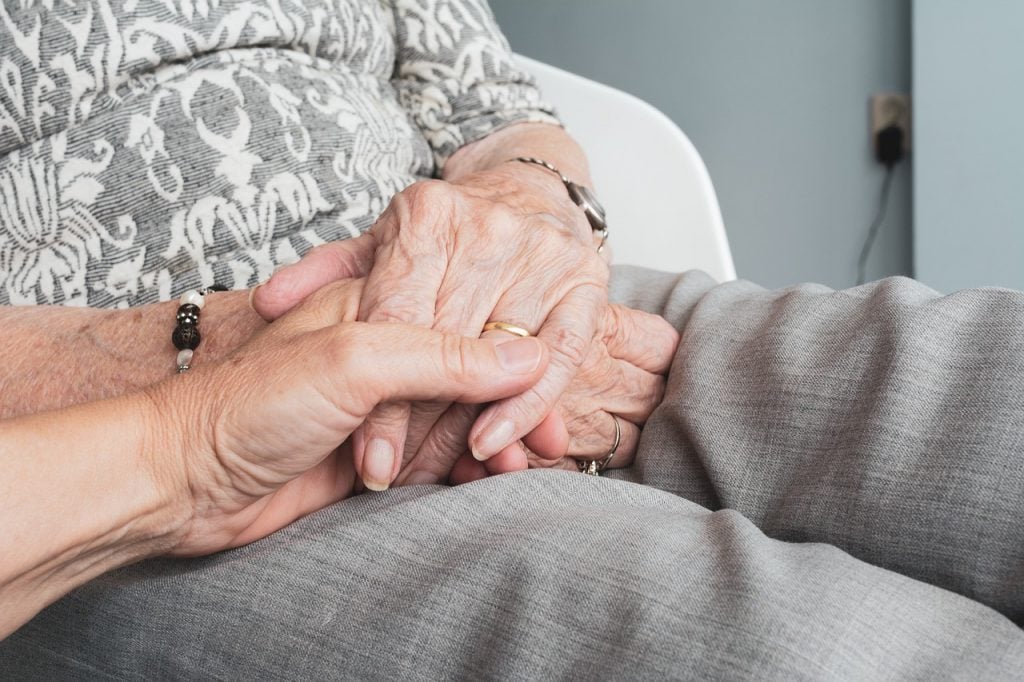More Americans are taking care of their aging parents at home instead of sending them off to nursing homes, and that’s led to a spike in demand for so-called multigenerational homes.

The Wall Street Journal notes that nursing home occupancy in the U.S. has fallen by 15% since the end of 2019. One reason for that may be the COVID-19 pandemic, which has caused 115,000 deaths in long-term care institutions for the elderly since March. There has also been a decline in nursing home admissions, the Journal said.
Many Americans fear that they’re putting their elder relatives at risk by placing them in nursing homes, and so instead they’re bringing them under their own roofs. But many families don’t have a big enough home to accommodate their elderly relatives, and so they’re looking to sell their current properties and buy bigger, multigenerational homes instead.
As a result, the number of U.S. home buyers who say they are more likely to buy a multigenerational home has increased to 15%, up from 11% prior to April 2020, according to the National Association of Realtor’s 2020 Profile of Home Buyers and Sellers.
Buyers give multiple reasons for their decision to acquire a multigenerational home, but the main ones are taking care of aging parents and relatives and a desire to spend more time with them.
Responding to this trend, healthcare firms and hospitals are offering new services to help support aging patients at home. They’re offering technology solutions to help families monitor their relatives’ health, for example. And regulatory changes have made it possible for virtual consultations with doctors to be paid for with North Carolina Part C Medicare Advantage plans.
“We should be able to provide more services in the home setting that can enable somebody to be independent,” said Seema Verma, an administrator of the Centers for Medicare and Medicaid Services. “COVID is going to force a national conversation about how we take care of our elderly.”
Some experts say the pandemic has merely accelerated an existing trend. The Kaiser Family Foundation notes that nursing home occupancy fell from 84% in the 2000s to just 80% in 2019.
“The drive to get every patient home who can be home is going to continue,” Peter Pronovost, chief clinical transformation officer at University Hospitals, told the Journal.